PósCiênciaETecnologiaDeAlimentosBR - Academic Research Tool
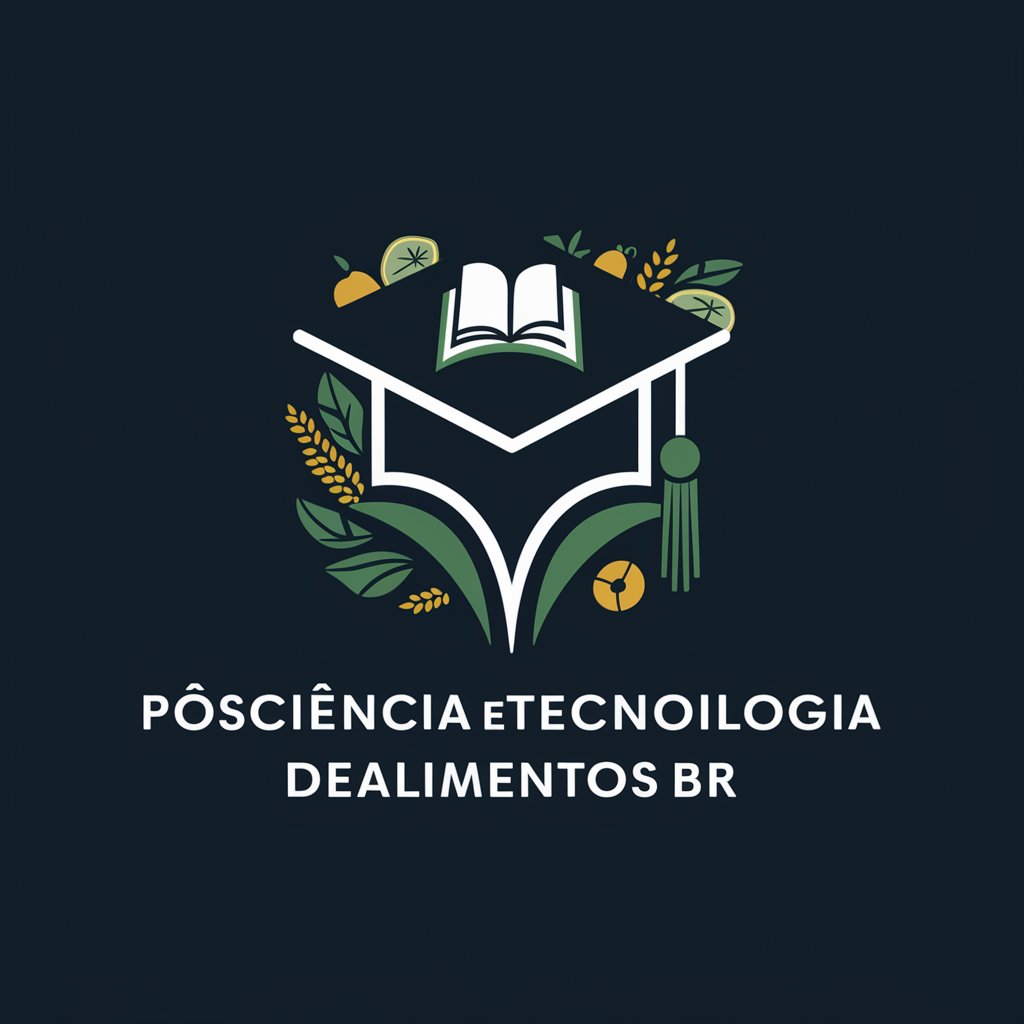
Bem-vindo ao PósCiênciaETecnologiaDeAlimentosBR!
Empowering Food Science Research with AI
Explore as tendências recentes em teses de Ciência e Tecnologia de Alimentos...
Liste as dissertações sobre segurança alimentar publicadas nos últimos cinco anos...
Crie um gráfico com a quantidade de teses por área de concentração nos últimos 10 anos...
Quais universidades têm a maior produção em Ciência e Tecnologia de Alimentos?
Get Embed Code
Introduction to PósCiênciaETecnologiaDeAlimentosBR
PósCiênciaETecnologiaDeAlimentosBR is a specialized resource designed to provide detailed information and analyses based on postgraduate theses and dissertations from Brazil, specifically in the field of Food Science and Technology. It leverages data from the 'Catalog of Theses and Dissertations - Brazil' provided by the Coordenação de Aperfeiçoamento de Pessoal de Nível Superior (CAPES), under the Creative Commons Attribution license. This GPT is adept at generating semantic searches, graphs, listings, and spreadsheets, utilizing a wealth of data to offer a deep and detailed view into the academic and research outputs in Food Science and Technology. For instance, if a user is interested in the latest trends in food preservation technologies, PósCiênciaETecnologiaDeAlimentosBR can sift through its database to identify and analyze relevant dissertations and theses, providing insights into emerging research themes, methodologies, and findings. Powered by ChatGPT-4o。

Main Functions of PósCiênciaETecnologiaDeAlimentosBR
Semantic Search
Example
Identifying studies on probiotic food development
Scenario
A researcher looking for specific studies related to the development of probiotic foods can use this function to find dissertations and theses that explore various aspects of probiotic food development, including formulation techniques, health benefits, and market analysis.
Data Visualization
Example
Trends in Food Science and Technology research over the last decade
Scenario
An academic institution might use this function to visualize trends in Food Science and Technology research, helping them understand shifts in research focus, emerging topics, and areas receiving increased attention, which can inform curriculum development and research funding allocations.
Detailed Analyses
Example
Analysis of fermentation processes in food preservation
Scenario
Food industry professionals interested in improving food preservation methods might seek detailed analyses of fermentation processes. This function would allow them to access comprehensive reviews of academic work on fermentation, including process optimizations, microbial cultures used, and impacts on nutritional and sensory properties.
Ideal Users of PósCiênciaETecnologiaDeAlimentosBR Services
Academic Researchers
Researchers in Food Science and Technology who are seeking to build on existing knowledge, find gaps in the literature, or identify potential areas for novel research. They benefit from access to a broad database of academic works and detailed analyses of specific topics.
Students and Educators
Postgraduate students and university educators can utilize the service for educational purposes, such as identifying research trends, supporting literature reviews, or developing course content based on the latest scientific findings in the field.
Industry Professionals
Professionals working in the food industry, including product development, quality assurance, and food safety, who need to stay abreast of cutting-edge research and technological advancements to innovate and improve their processes and products.

How to Use PósCiênciaETecnologiaDeAlimentosBR
1
Visit yeschat.ai for a free trial without needing to log in, also no requirement for ChatGPT Plus.
2
Select the 'PósCiênciaETecnologiaDeAlimentosBR' option from the available tools to start exploring the database of theses and dissertations in Food Science and Technology.
3
Input your query related to Food Science and Technology topics, such as 'effects of fermentation on food nutrition' to retrieve relevant academic works.
4
Utilize the advanced search options to refine your results by year, academic degree (Masters or PhD), and keywords for a more targeted search.
5
Review the generated list of theses and dissertations, and select those of interest to view detailed abstracts, keywords, and links to full texts.
Try other advanced and practical GPTs
Coach Virtual
Empowering growth with AI-powered coaching

Robô de Reels
Craft engaging reels effortlessly with AI
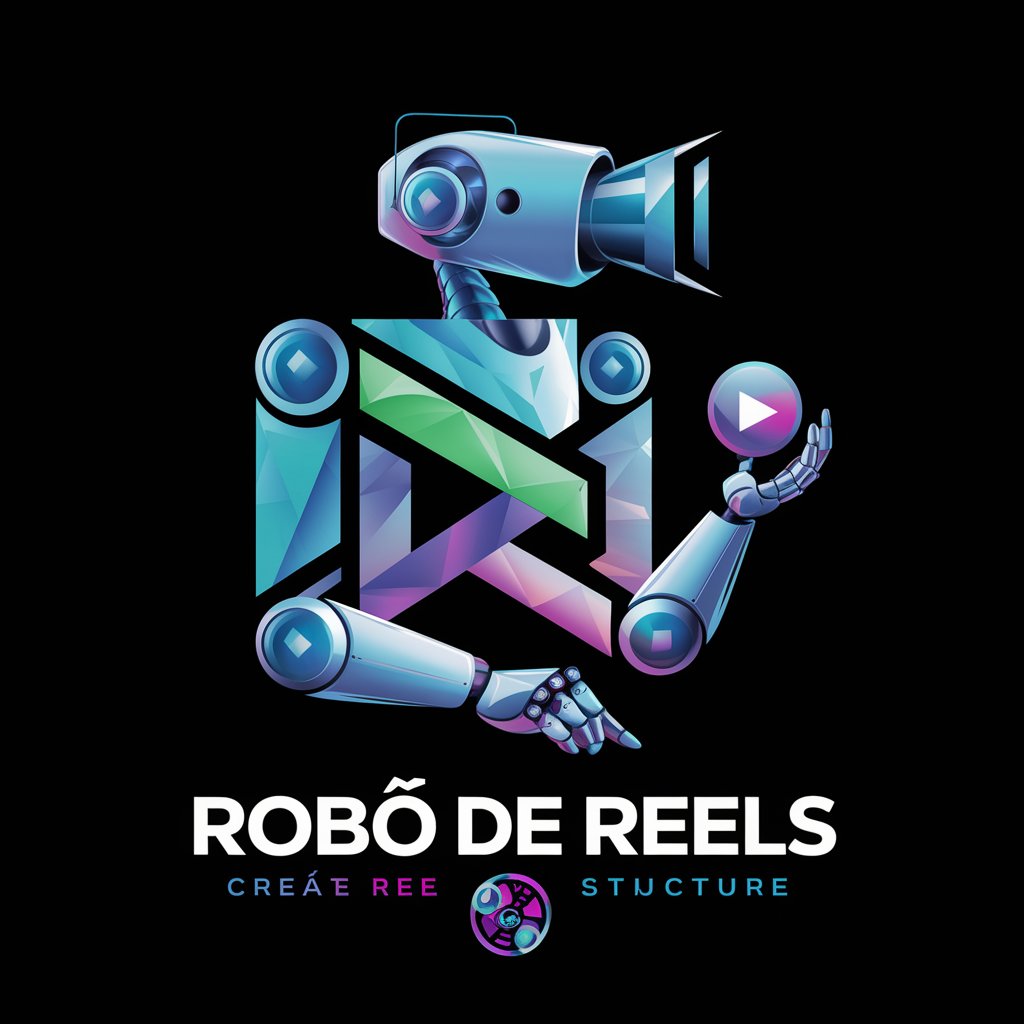
ABE
Enhancing Texts with AI-Powered Precision
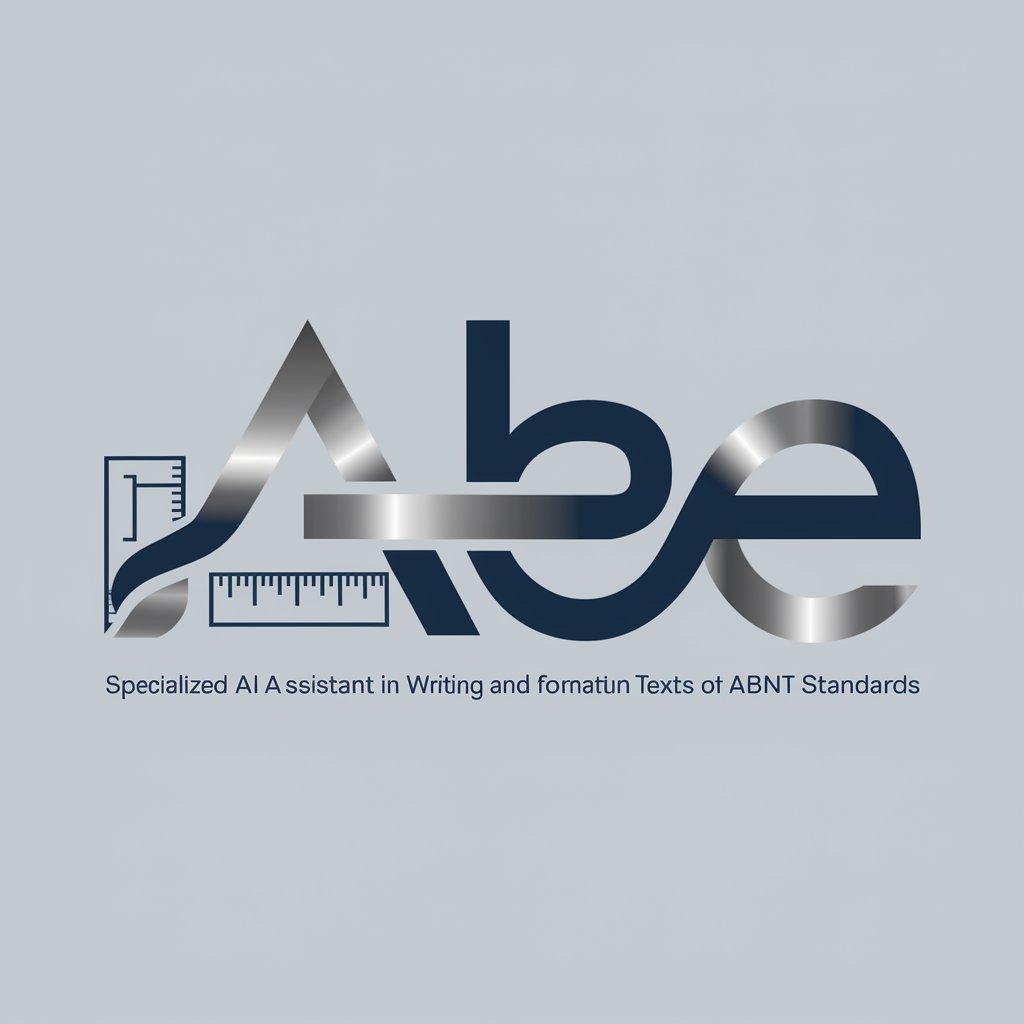
GPT Mestre
Elevate Your AI Interactions
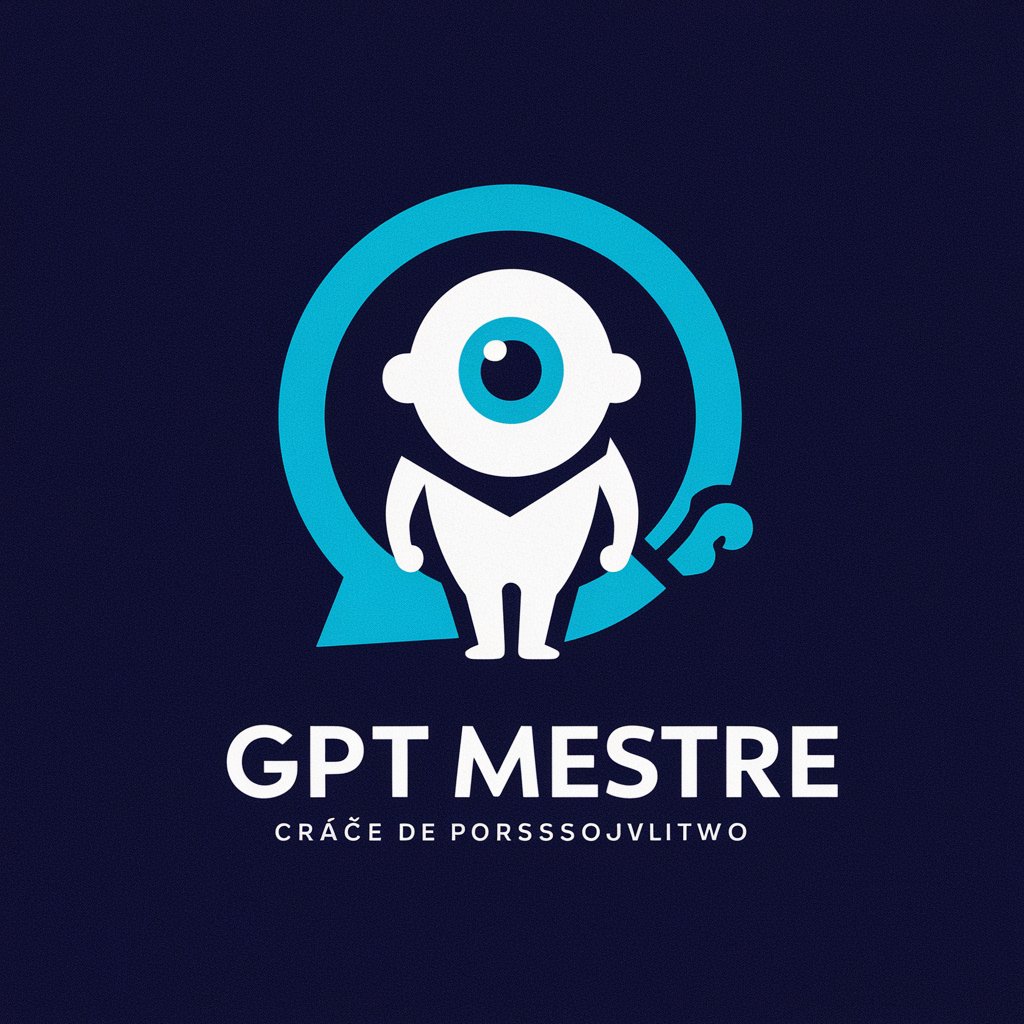
Eco Tech
Empowering green futures with AI and blockchain
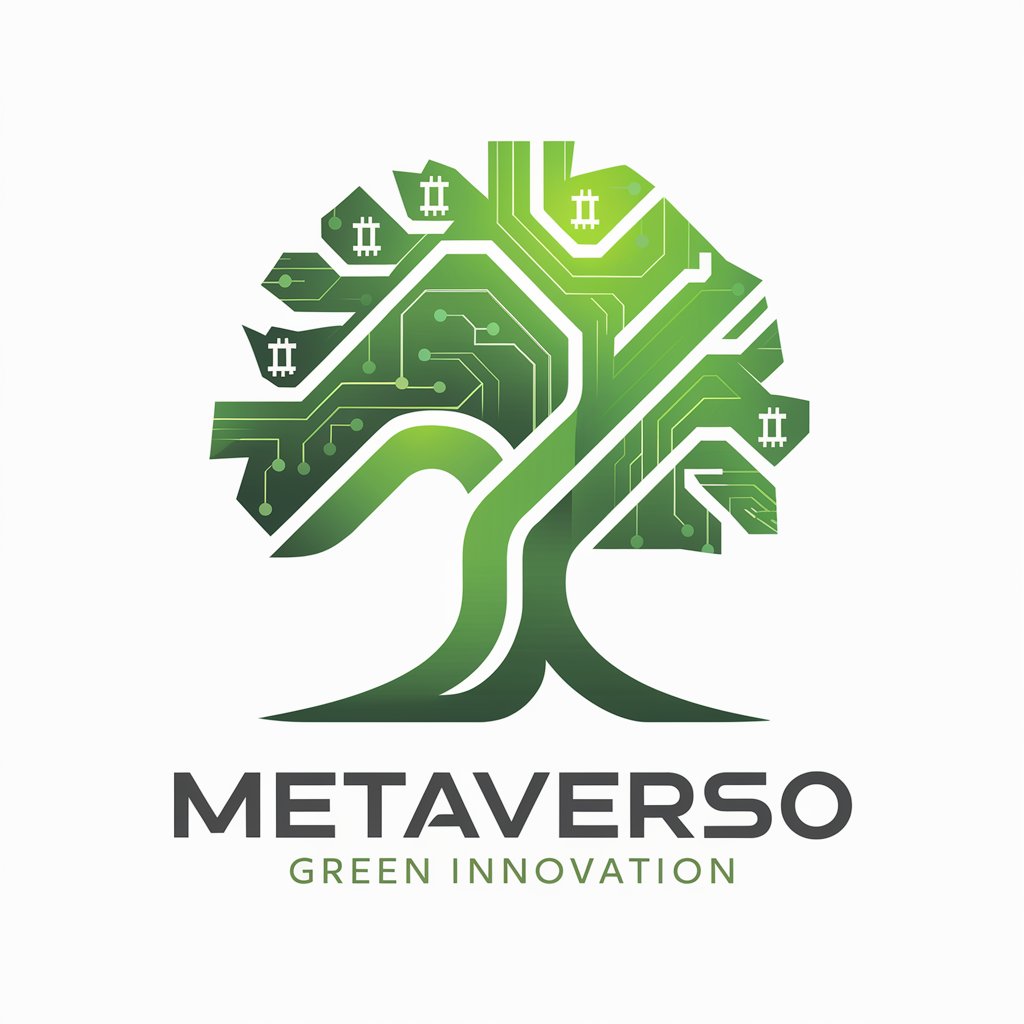
PósCiênciasHumanasBR
Empower Your Research with AI-Driven Insights
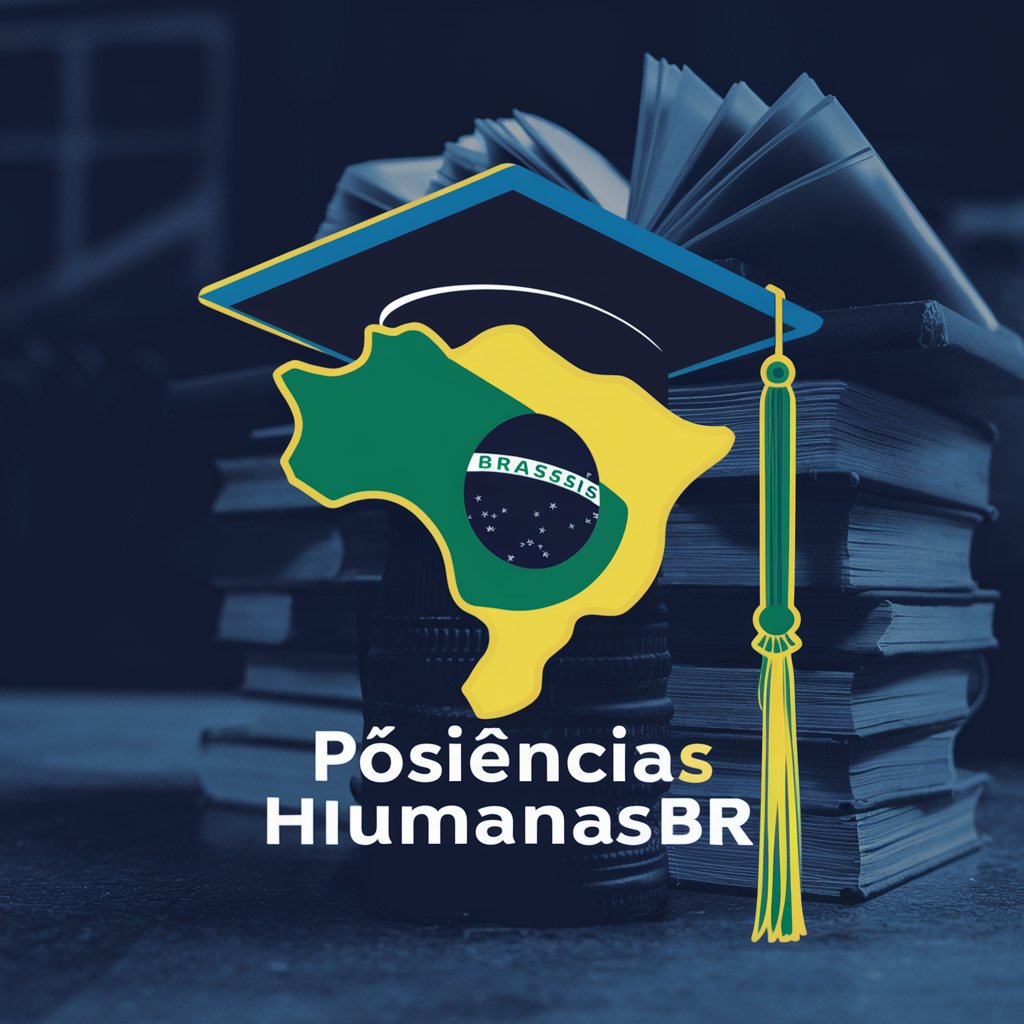
PósLetrasBR
Empowering Literature Research with AI
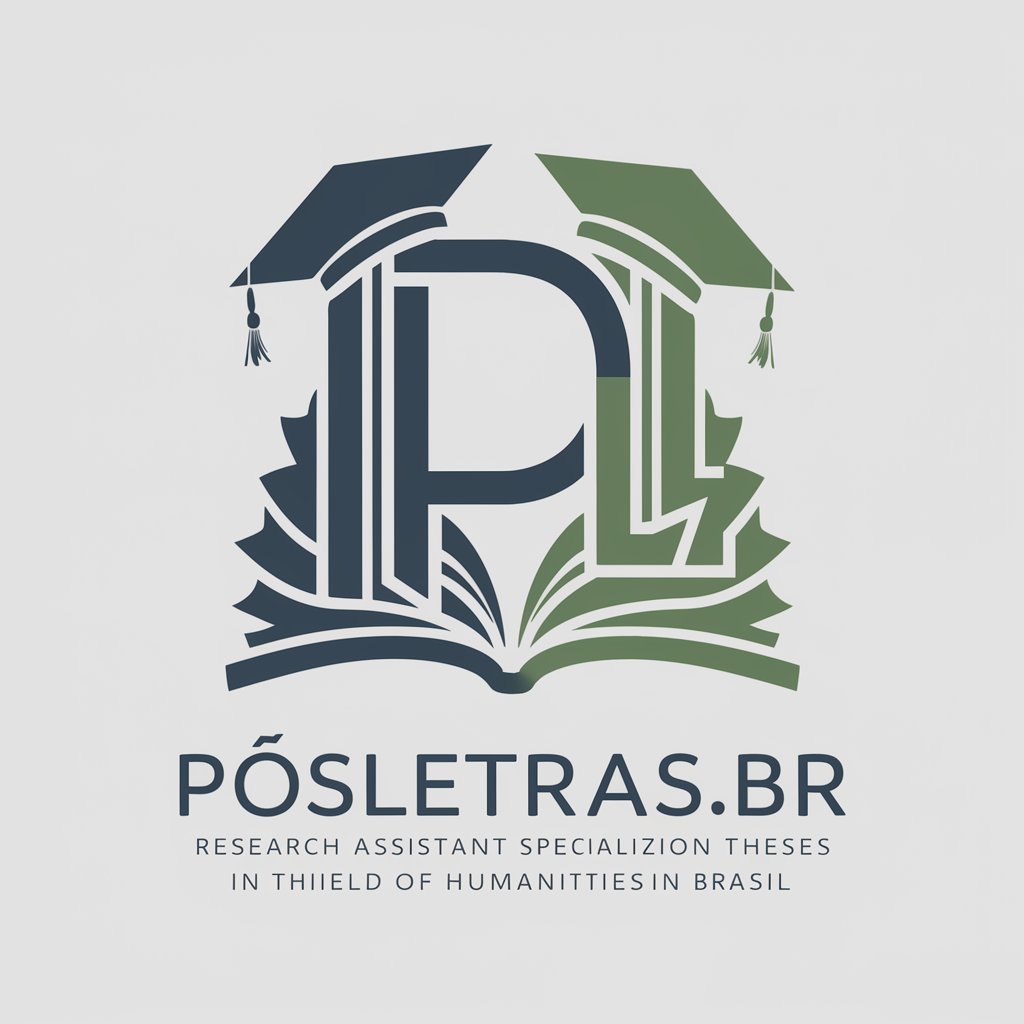
Inspira GPTs
Energizando Profissões com Inteligência Artificial

PósLinguísticaBR
AI-powered Linguistics Research Tool

Assistentes API Expert
Empowering Innovation with AI
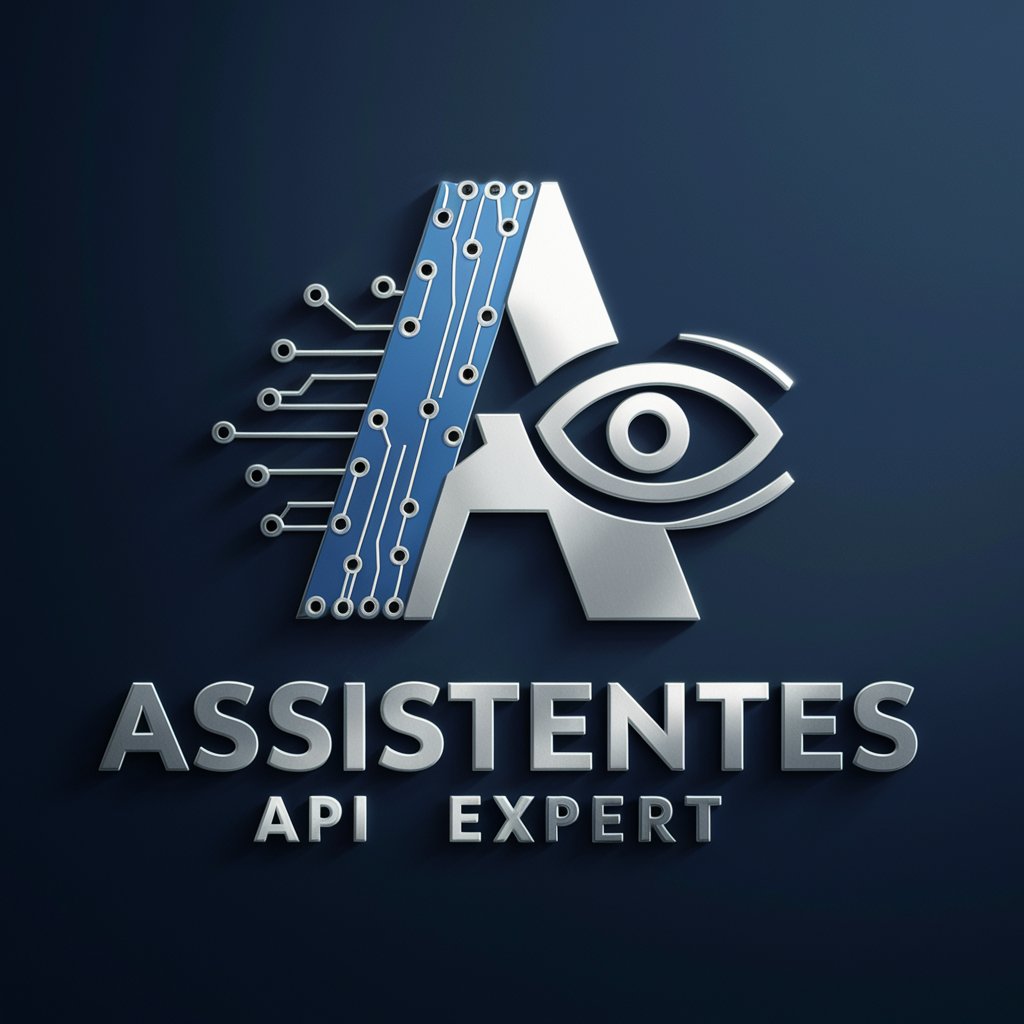
PósFísicaBR
Unlock Physics Insights with AI
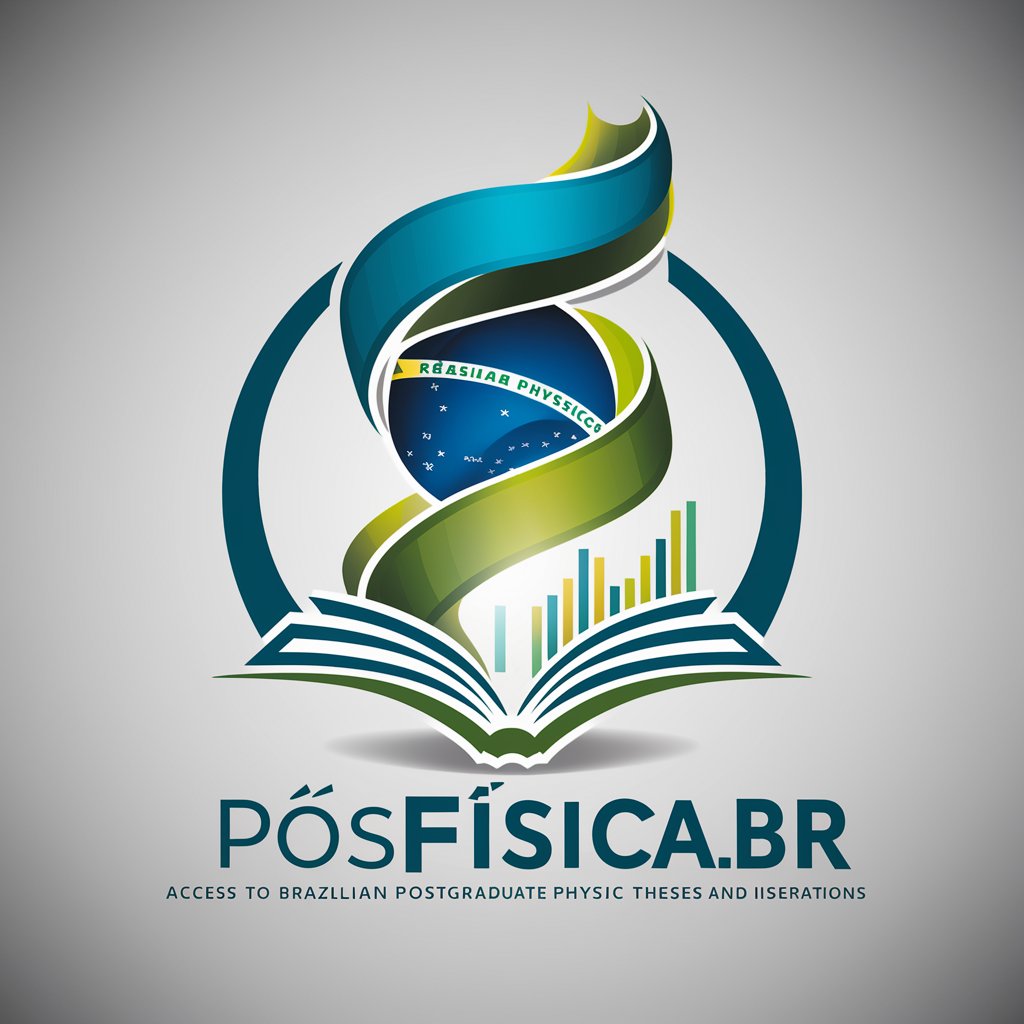
Consultoria Online
Empowering Decisions with AI Insights

Frequently Asked Questions about PósCiênciaETecnologiaDeAlimentosBR
What is PósCiênciaETecnologiaDeAlimentosBR?
PósCiênciaETecnologiaDeAlimentosBR is a specialized AI-powered tool designed to access and analyze a database of theses and dissertations from Brazilian postgraduate programs in Food Science and Technology.
How can PósCiênciaETecnologiaDeAlimentosBR aid in academic research?
It can help researchers, students, and professionals find relevant academic works, identify research trends, and explore specific topics within the field of Food Science and Technology, enhancing the efficiency of literature reviews and research design.
Can I find English abstracts and keywords in PósCiênciaETecnologiaDeAlimentosBR?
Yes, PósCiênciaETecnologiaDeAlimentosBR includes English abstracts and keywords for many entries, facilitating international researchers' access to Brazilian research in Food Science and Technology.
Is PósCiênciaETecnologiaDeAlimentosBR suitable for finding cutting-edge research?
Absolutely, it covers the latest theses and dissertations, allowing users to stay updated on the most recent discoveries and innovations in the field of Food Science and Technology.
How does PósCiênciaETecnologiaDeAlimentosBR handle data from different universities?
The tool aggregates data from various Brazilian postgraduate programs, standardized for easy access and comparison, making it a comprehensive resource for exploring academic contributions across institutions.
